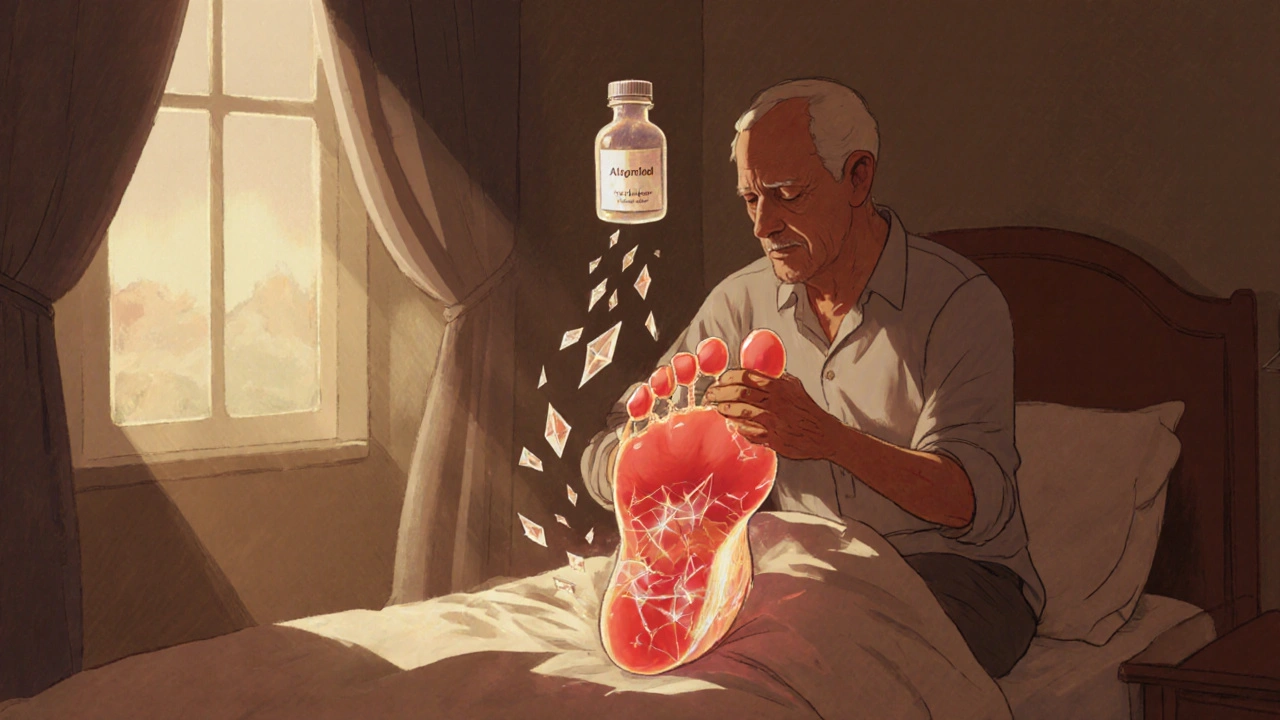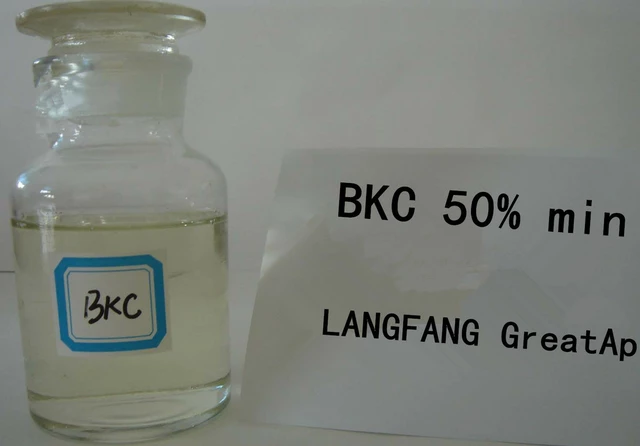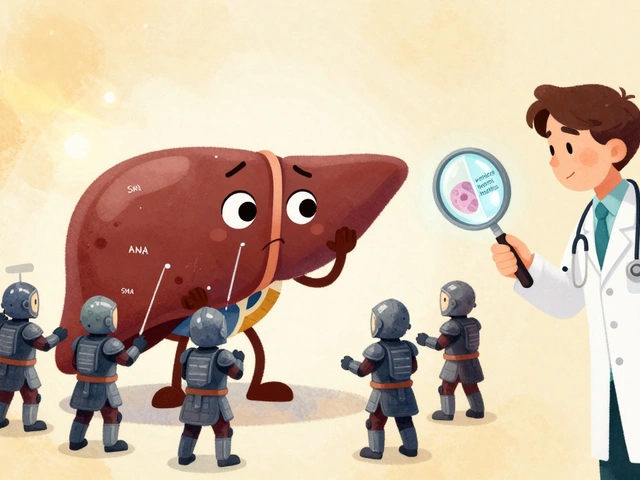
Allopurinol: What It Is, How It Works, and What You Need to Know
When your body makes too much uric acid, a waste product from breaking down purines in food and cells. Also known as a xanthine oxidase inhibitor, it builds up and forms sharp crystals in your joints — that’s what causes the sudden, burning pain of gout. Allopurinol, a daily medication that lowers uric acid production is one of the most prescribed drugs for this, especially when lifestyle changes alone aren’t enough.
Allopurinol doesn’t treat a gout flare once it’s started — it’s a long-term guard against future ones. It works by blocking an enzyme called xanthine oxidase, which is responsible for turning purines into uric acid. Less enzyme activity means less uric acid in your blood. Over time, this lets your body slowly dissolve existing crystals. People often start it after their first or second gout attack, especially if they have kidney stones, high uric acid levels confirmed by blood tests, or frequent flare-ups. It’s not a painkiller. It’s a prevention tool. And like any long-term medication, it needs monitoring. Some people get a rash or upset stomach. Rarely, it can trigger a serious skin reaction, especially in people of Asian descent with a specific gene variant (HLA-B*5801). That’s why doctors sometimes test for it before prescribing.
Allopurinol doesn’t work in isolation. It’s often paired with lifestyle shifts — cutting back on red meat, shellfish, and beer — because those are high in purines. It also connects to other conditions. People with kidney disease or those on chemotherapy (where cells break down fast and uric acid spikes) may take it too. And while it’s not a direct treatment for arthritis or hypertension, high uric acid is linked to both. That’s why managing it matters beyond just gout pain. You’ll also see it mentioned alongside other drugs like febuxostat, which does the same job but works differently. Some people switch if they can’t tolerate allopurinol. Others combine it with colchicine or NSAIDs during the first few months to prevent flares while their body adjusts.
One thing to remember: you might feel more pain in the first few weeks of taking allopurinol. That’s not the drug failing — it’s the crystals dissolving. Your doctor will likely give you a low-dose starter pack and may add a short course of colchicine to keep flares at bay. Stopping it suddenly can make things worse. Consistency is key. And if you’re on other meds — like azathioprine or warfarin — your dose might need tweaking, since allopurinol can affect how they’re processed.
Below, you’ll find real-world guides on how to manage the side effects, understand why some people pay way more than others for the same pill, and what to do when your doctor says it’s time to switch. You’ll also see how it fits into broader patterns — like medication adherence, cost barriers, and how timing and dosage affect outcomes. This isn’t just about a single drug. It’s about learning how to live with a condition that’s manageable, but only if you know how to use the tools right.
-
31 Oct







